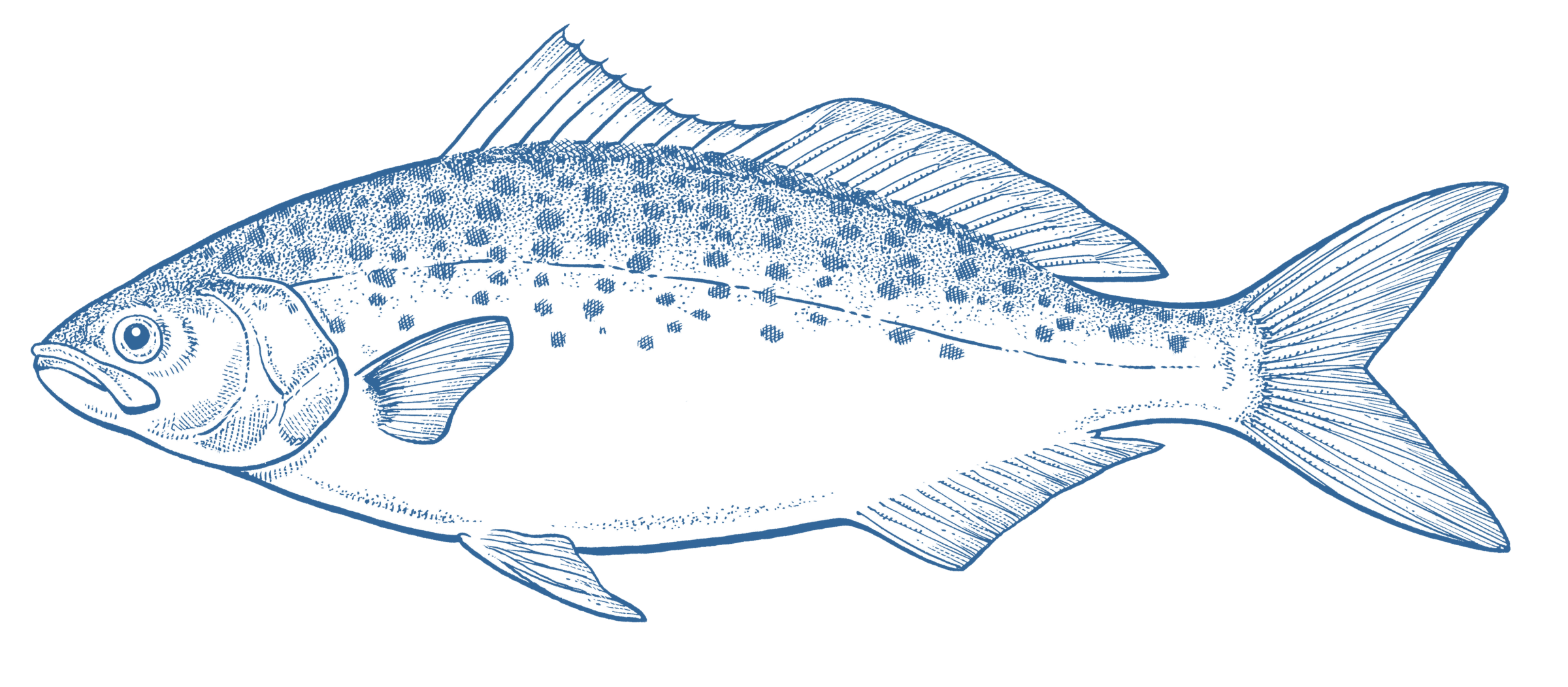




- Eat Less
Wild Caught
Region:
VIC
- Salmon in Victoria are mostly caught using purse seine nets. These are nets suspended at the surface that are unlikely to contact and damage the seafloor. This fishery also targets Australian sardine, sprat and anchovy. A much smaller portion is caught using haul seines and gillnets.
- Stocks are still recovering from historical overfishing but are on a promising trajectory. Overfishing is not likely to be occurring.
- Purse seine fishing is fairly targeted and there is capacity to release threatened and endangered species unharmed. In Victoria however, there is no independent observation of fishing or reporting of bycatch available. In the fishery where most salmon is caught, management is rudimentary and there are only basic regulations.




Aussie salmon is an often unfairly criticised fish that is affordable and delicious. Ensure the fish has bright eyes, a nice sheen and bright-red gills (this indicates freshness and good handling). Very fresh fish that have been iced and treated with care can be served raw or cured. Just thinly slice and serve as sashimi! This fish is also excellent barbecued or smoked, just crisp the skin and serve the moist, oily and full-flavoured flesh. Suits bold Mediterranean flavours such as tomato, roast peppers, olives and fresh herbs. Whole fish or fillets can also be lightly oiled and baked in a hot oven for juicy, pull-apart results.
- VIC Ocean Fishery, Corner Inlet Fishery, (257t in 2019/20, 443t in 2018/19)
Australian salmon is a fast-growing species caught in many commercial and recreational fisheries around Australia.They are mostly caught using purse seine nets in Victoria’s Ocean Fishery. A minor quantity is caught using smaller-scale haul seine nets in the Corner inlet fishery.
The fishery, which shares a single Australian salmon stock with New South Wales appears to be rebuilding from past overfishing, though is not yet quite at a level considered fully sustainable. The amber rating of the fishery is precautionary and based on this status, and has potential to improve in coming years.
The low level of fishing effort in the Ocean Fishery, in which most salmon are caught in Victorian waters, mitigates the risk to threatened and endangered species. There is only one license holder and floating seine nets are used, lessening the risk of seabed damage. These factors mitigate the lack of published management arrangements for the fishery, weak reporting of bycatch or discards and rudimentary regulation. There is no independent verification of fisher-reported information.
In the Corner Inlet Fishery, which accounts for less than 10% of the catch, there are a number of bycatch mitigation measures in place, including fishing at night (which reduces seabird bycatch), devices in their nets which help bycatch escape and the use of in water sorting of catch in their nets leading to the release of bycatch. These and other measures are aimed at improving the survival of released bycatch.
The Corner Inlet Fishery operates within a RAMSAR listed wetland, and marine parks within the area of the fishery provide additional protection for threatened and endangered species.
Australian salmon are fast-growing species caught in many commercial and recreational fisheries in southern Australia. The two similar species were only formally distinguished in recent years.
They form large migratory spawning schools that become seasonally important as prey for a range of sharks and dolphins, as well as a predator on smaller finfish.


